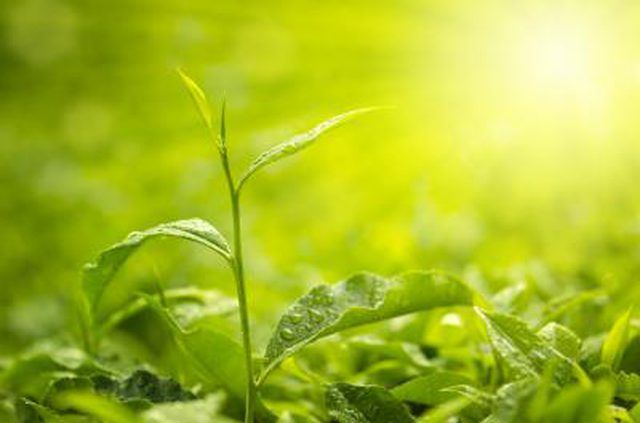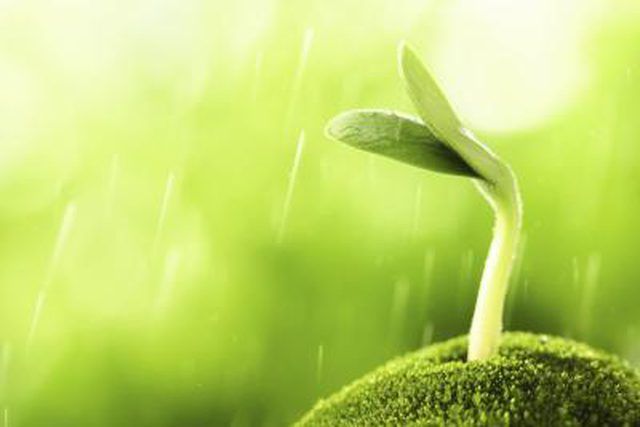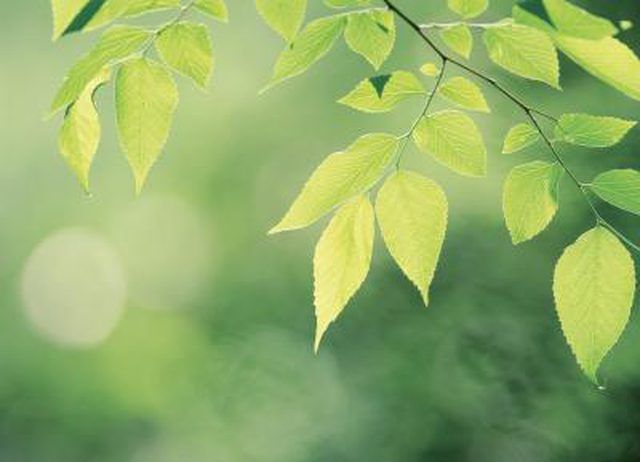Bulbs
Flower Basics
Flower Beds & Specialty Gardens
Flower Garden
Garden Furniture
Garden Gnomes
Garden Seeds
Garden Sheds
Garden Statues
Garden Tools & Supplies
Gardening Basics
Green & Organic
Groundcovers & Vines
Growing Annuals
Growing Basil
Growing Beans
Growing Berries
Growing Blueberries
Growing Cactus
Growing Corn
Growing Cotton
Growing Edibles
Growing Flowers
Growing Garlic
Growing Grapes
Growing Grass
Growing Herbs
Growing Jasmine
Growing Mint
Growing Mushrooms
Orchids
Growing Peanuts
Growing Perennials
Growing Plants
Growing Rosemary
Growing Roses
Growing Strawberries
Growing Sunflowers
Growing Thyme
Growing Tomatoes
Growing Tulips
Growing Vegetables
Herb Basics
Herb Garden
Indoor Growing
Landscaping Basics
Landscaping Patios
Landscaping Plants
Landscaping Shrubs
Landscaping Trees
Landscaping Walks & Pathways
Lawn Basics
Lawn Maintenance
Lawn Mowers
Lawn Ornaments
Lawn Planting
Lawn Tools
Outdoor Growing
Overall Landscape Planning
Pests, Weeds & Problems
Plant Basics
Rock Garden
Rose Garden
Shrubs
Soil
Specialty Gardens
Trees
Vegetable Garden
Yard Maintenance
Why Is Photosynthesis Important to Humans?
Why Is Photosynthesis Important to Humans?. Plants are all around us, benefiting us in many tangible and non-tangible ways. Photosynthesis occurs in any ecosystem with plants. Where present, plant species composition forms the foundation for all animal life. Photosynthesis is the process by which plants grow and thrive, passing on their energy to...
Plants are all around us, benefiting us in many tangible and non-tangible ways. Photosynthesis occurs in any ecosystem with plants. Where present, plant species composition forms the foundation for all animal life. Photosynthesis is the process by which plants grow and thrive, passing on their energy to animals and humans.

Photosynthesis is an essential process carried out in all chlorophyll-containing plants, algae and cyanobacteria, where a plant uses sunlight, water and carbon dioxide to produce food.

The process provides a means for gas exchange with the atmosphere; plants take in carbon dioxide for photosynthesis and release oxygen as one of the products into the air.

Photosynthesis consists of two reactions: the light reaction that produces energy and the dark reaction that converts carbon dioxide into sugar.

Through plant adaptations such as waxy coatings and thickened leaves of plants in arid conditions, a plant is able to carry out photosynthesis even when the environment causes stress for the plant or water supplies run low.